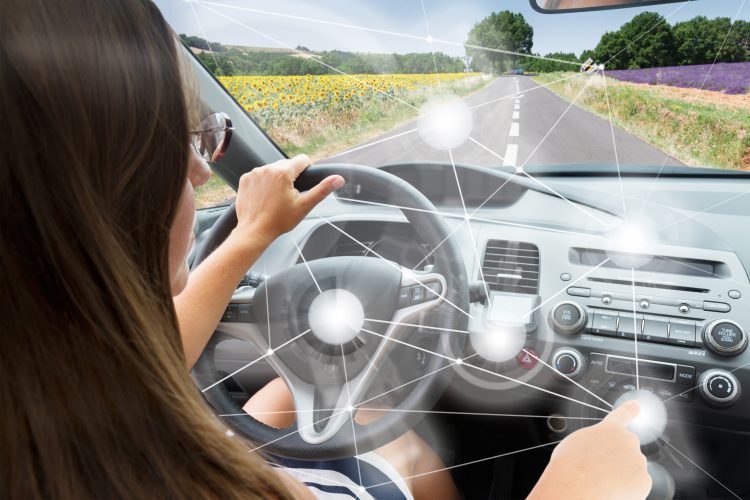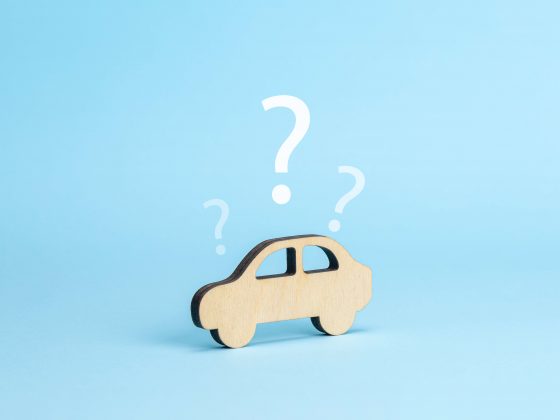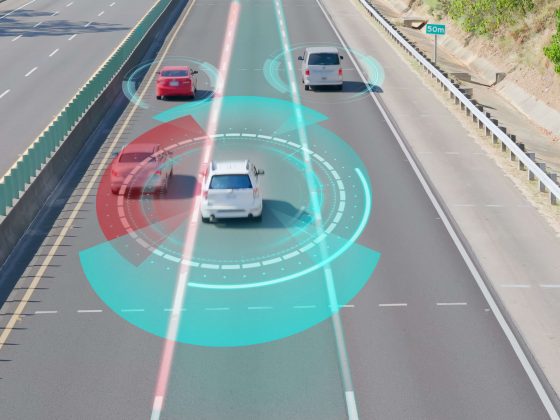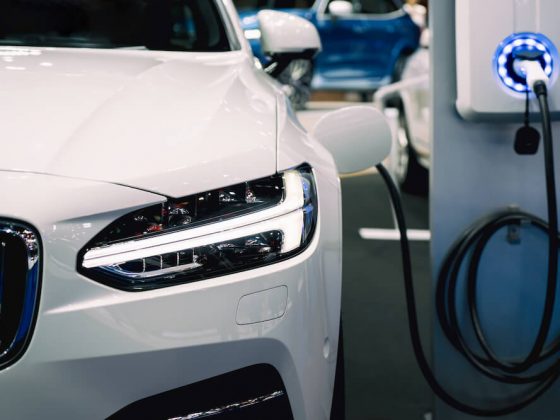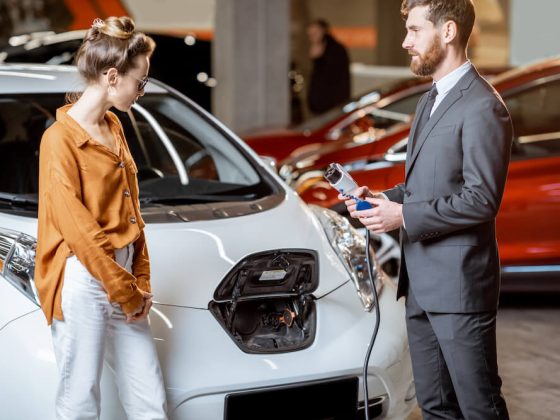It may be hard to believe but prior to the year 2000, there was no such thing as a smartphone.
Use eTags© to Quickly Complete Your DMV Service. Renewals, Title Transfers and More, All Online!
Pew Research reports that 95% of Americans have cellphones and almost 80% own smartphones. Smartphone ownership has more than doubled just since 2011. It is hard to imagine life without these portable devices.
They keep us informed, connected, entertained, and in touch. They document our lives in pictures and carry some of our most important and private information. Who would have imagined these tiny devices would have become so important in such a short period of time? We are on the doorstep of another piece of life-changing technology.
It is the technology that will bring us completely autonomous cars.
It may be hard to imagine today but cars of the future will have advanced car technology systems that will allow them to operate independent of a human driver and that is more than just speculation.
Follow the Money
Investment firm Goldman Sachs lists self-driving cars as one of the seven key trends in the automotive industry in the next 8 years. Forbes predicts there will be 10 million self-driving cars on the road by the end of 2020. What is driving this future car technology? Money.
While some may be wary of the technology today, that same concern was felt for smartphones. As driverless car technology advances, however, those concerns will wane. It is why tech companies like Google are getting involved in the competitive automotive industry. They see the smartphone-like potential in cars and want to be a significant player.
New Technology in Cars
Driverless car technology will lead to better fuel mileage, more productive travel time, less traffic congestion, safer roads, lower auto insurance premiums, and a resurgence in the new car market. Keep in mind, new technology in cars isn’t really new. Cars have had onboard computers for decades. Your car may already have some systems in place. You may have cruise control, self-parking, rear cameras, anti-skid braking or autonomous braking.
Driverless cars become more believable when you consider most jets you see flying overhead are doing so on auto-pilot. It helps to understand, however, that all self-driving cars are not autonomous cars.
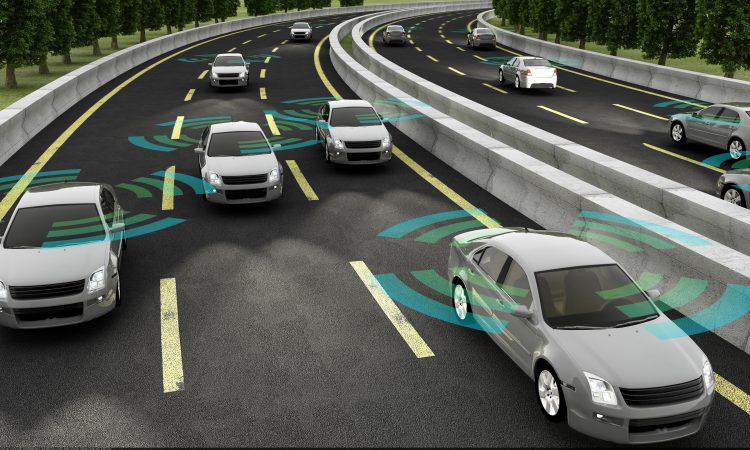
Types of Self-Driving Cars
According to the National Highway Traffic Safety Administration (NHTSA), there are five levels of technology that determine how “autonomous” a vehicle actually is.
- Level 0 – These have no form of auto-pilot technology, not even cruise control.
- Level 1 – These are cars with one or more basic features like anti-skid braking or cruise control.
- Level 2 – Level 2 vehicles have some auto pilot features like automatic braking or the ability to switch lanes and change speeds automatically.
- Level 3 – These cars have the ability to drive themselves but drivers are required to be present and reasonably available to control the vehicle.
- Level 4 – These are what most people think of when they think of the future of self-driving cars. These cars would have advanced car technology systems that would allow them to operate without a human driver.
As future car technology is introduced and proven safe, more and more manufacturers will adopt it until it becomes commonplace. Keep in mind the NHTSA says that 94% of all automobile accidents result from human error. With over 30,000 annual deaths due to auto accidents in this country, it is no wonder the push is on to advance driverless car technology.
The Future of Self Driving Cars is Not Without Challenges
While the promise of safer roads, less traffic, lower insurance premiums, improved gas mileage, and more productive commuting time are all appealing, the future of self-driving cars has its speed bumps. There will be consumer acceptance issues initially and a period when driverless cars and less automated vehicles will be sharing the roads.
Those working on driverless car software and new technology in cars are working developing systems that are compatible so cars can better “talk” to each other. This will help cars communicate high traffic areas to each other so vehicles can be re-routed. These are not the only challenges however. There are the issues of liability in accidents and how would they would affect licensing laws. Would a licensed driver be necessary in a level 4 autonomous car?
Autonomous Cars: The Next Smartphone?
There was a time when people were so used to seeing a carriage pulled by a horse, that they referred those early cars as “horseless carriages.” The new contraptions created concerns and even fear before becoming widely accepted. Initial cars and roadways were extremely unsafe. Traffic deaths per 100,000 people were twice as high in the 1920s and 1930s as they are today. If the thought of seeing a driverless vehicle next to you on the freeway at 60 mph concerns you, imagine how those first witnesses to the horseless carriage felt. But technology and safety improved to the point where cars are not only horseless but soon to be driverless.
Cars of the future are arriving and we are perhaps at that “smartphone moment” in the history of autonomous vehicles, that brief period of time ahead of a tsunami of change. Many automobile and tech-related companies are betting heavily on it.
